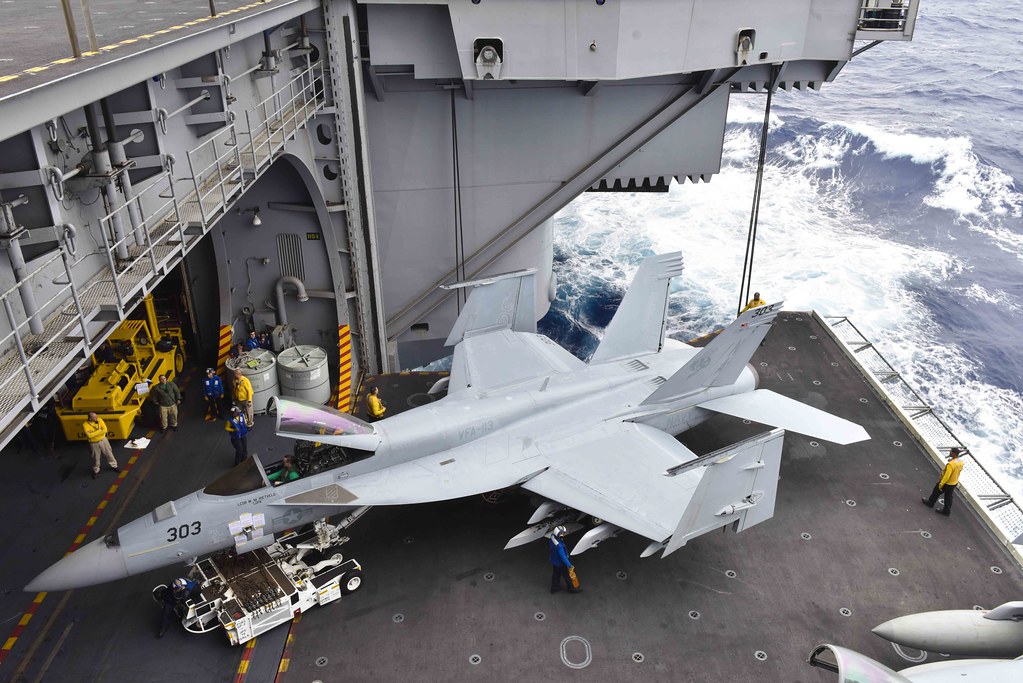
In an era where air superiority can define the outcome of conflicts, the F/A-18 Hornet has proven to be a formidable force in U.S. naval aviation.

Since its introduction in 1983, this carrier-based multirole aircraft has demonstrated remarkable versatility, performing both air-to-air and air-to-ground missions with ease.

Renowned for its agility, the Hornet can achieve speeds of Mach 1.7 and boasts an impressive range close to 1,800 miles.

Its ability to carry an arsenal of weapons, including AIM-9 Sidewinder and AIM-120 Advanced Medium-Range Air-to-Air Missiles, along with smart bombs and an M61A1/A2 Vulcan 20mm cannon, has established it as a comprehensive combat tool.

While the U.S. Navy retired its last F/A-18 Hornet squadrons in 2019, the Marine Corps and air forces of allied nations like Finland and Spain continue to deploy this trusted aircraft.

The Hornet’s legacy is further honored by its successor, the F/A-18E/F Super Hornet, which builds upon its success with enhanced range, endurance, and a 20% larger frame that carries more fuel for extended operations.

A historical perspective underscores the Hornet’s contribution to naval warfare. From its first operational deployment aboard the USS Constellation (CV 64) in 1985 to its decisive role in Operation Desert Storm in 1991, when Navy Hornets transitioned mid-mission from ground attack to air-to-air combat to take down Iraqi MiG-21s, the F/A-18 has been pivotal in demonstrating the United States’ naval air power.

This duality of mission capabilities is reflected in the very designation of “F/A,” standing for “Fighter/Attack.”

This classification came into being during the First Gulf War, signifying the aircraft’s ability to seamlessly switch between roles, a trend that will be carried into the future with the Navy’s next generation of aircraft, the F/A-XX.

Maintainability was also a significant consideration in the Hornet’s design. Quick engine changes and an easily accessible radar system ensured the Hornet could be swiftly maintained and returned to service, a crucial feature during prolonged engagements.

Recently, the U.S. Navy solidified the Super Hornet’s presence in its carrier wings by issuing a $1.1 billion contract modification to Boeing for 17 additional F/A-18E/F Super Hornets.

This move, essential for the Navy’s operational readiness, reaffirms the Super Hornet as a mainstay in carrier air wings well into the 2040s.

Although the final count of aircraft fell short of the 20 initially planned due to pricing and inflation challenges, the new Super Hornets are set to deliver enhanced combat capability.

The F/A-18 Hornet and its evolutionary Super Hornet counterpart represent not only a legacy of naval air dominance but also the foresight in design and strategy that continues to propel U.S. naval aviation into the future.

The adaptability and continued improvements to this aircraft platform ensure it will remain a critical element of naval warfare for years to come.

